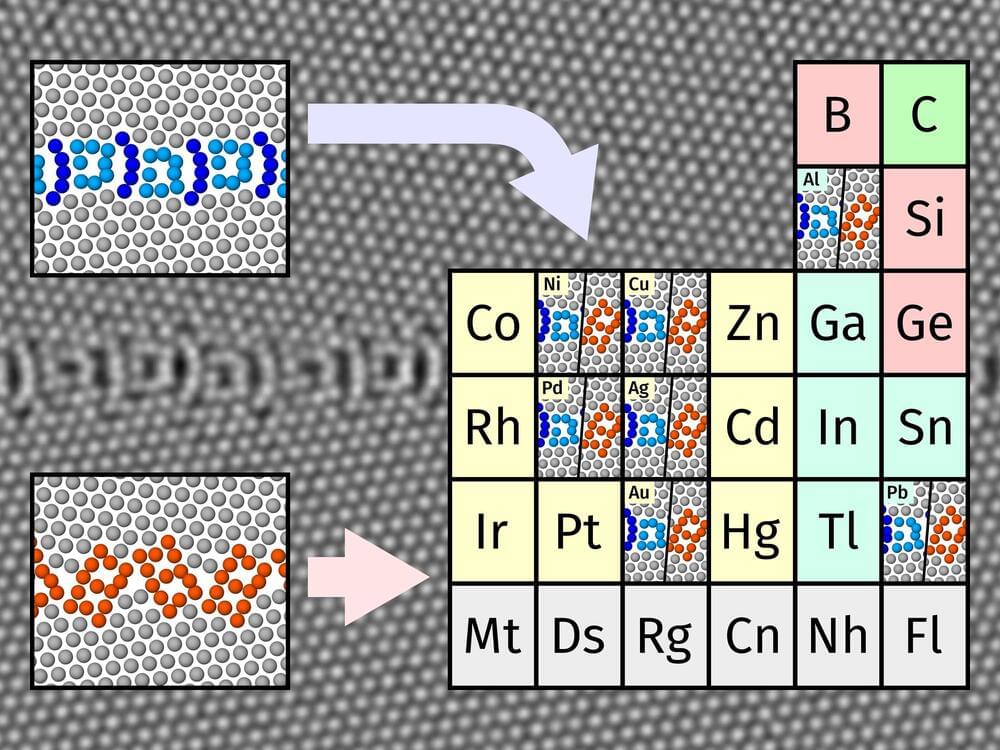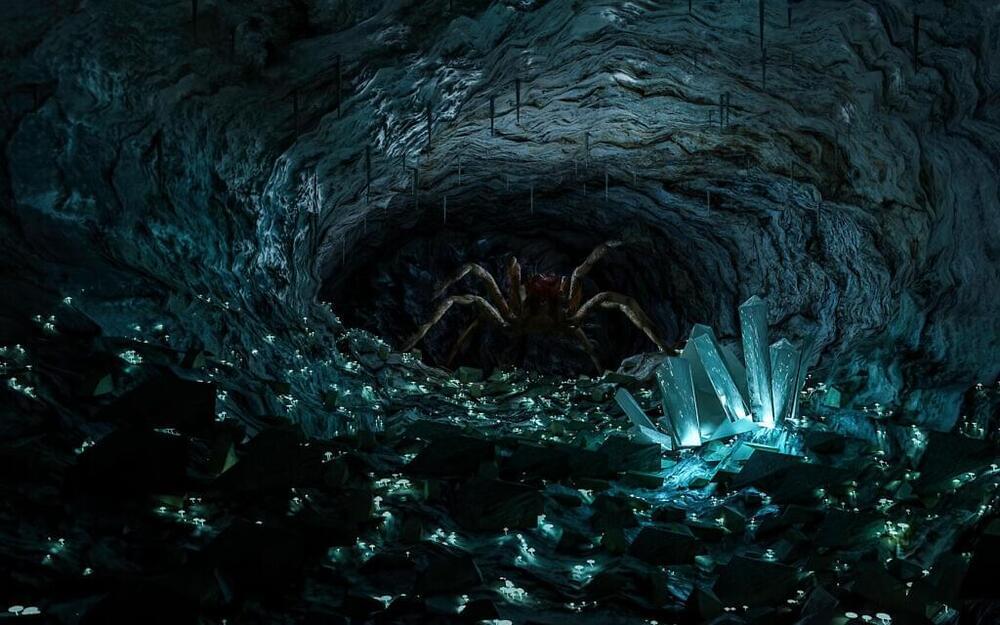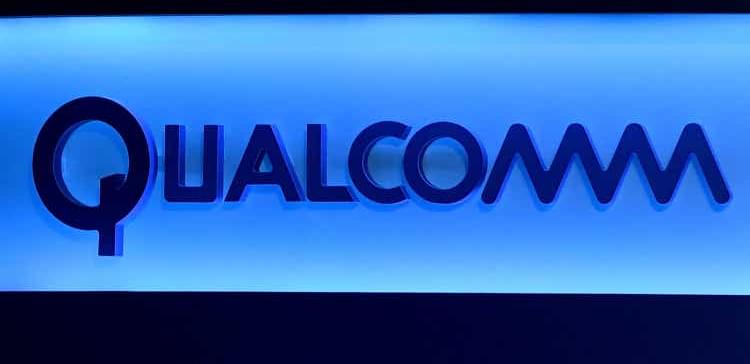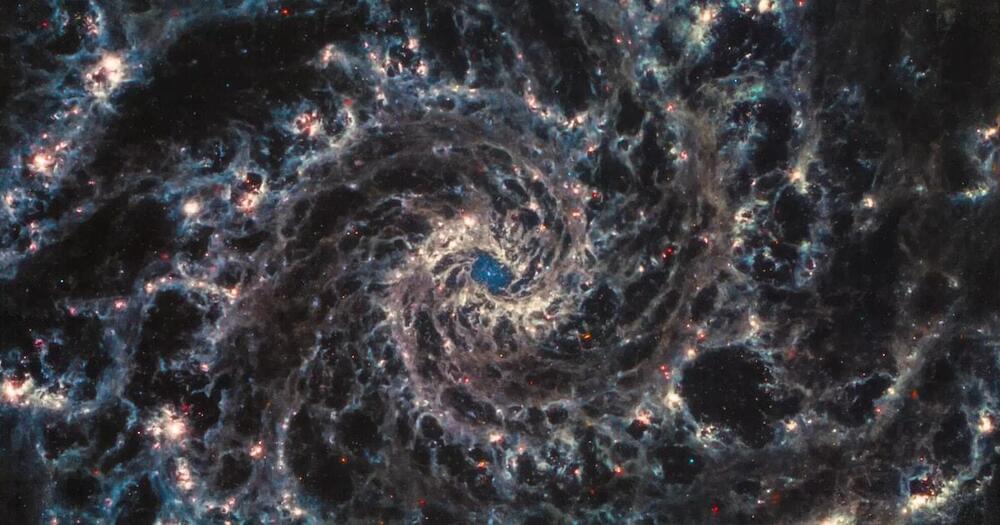How will materials behave under certain conditions? And how to make materials more robust? These two questions are crucial to design advanced materials for structural and functional components and applications. A close look at the underlying atomic structures and especially their defects is necessary to understand and predict material behavior.
Electrical conductivity, strength and fracture resistance are for example influenced by grain boundaries. It is known that grain boundaries—despite being defects—have their own ordered atomic structures, which can influence or even dominate material properties. However, their experimental observation requires precise and time-consuming atomic resolution imaging and is limited to the investigation of specific, individual cases.
But are these cases generalizable for all metals? A researcher team of the Max-Planck-Institut für Eisenforschung (MPIE) utilized computer simulations to show that the same atomic arrangements occur in a whole group of metals, namely fcc metals, thus proving that the “special cases” investigated in the experiments are not really exotic, but common.








